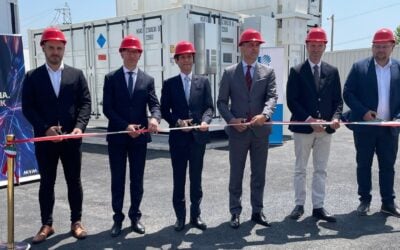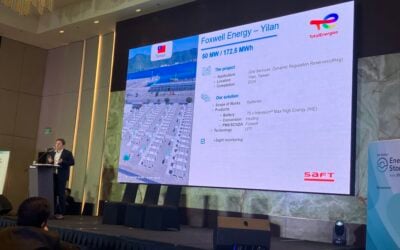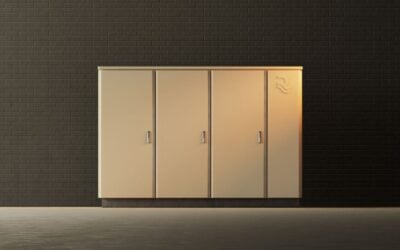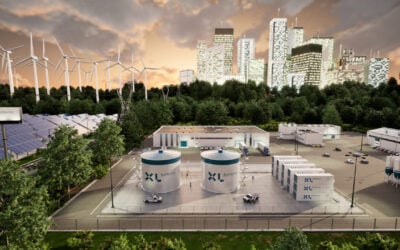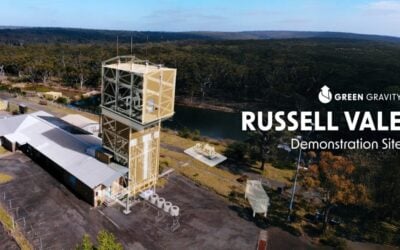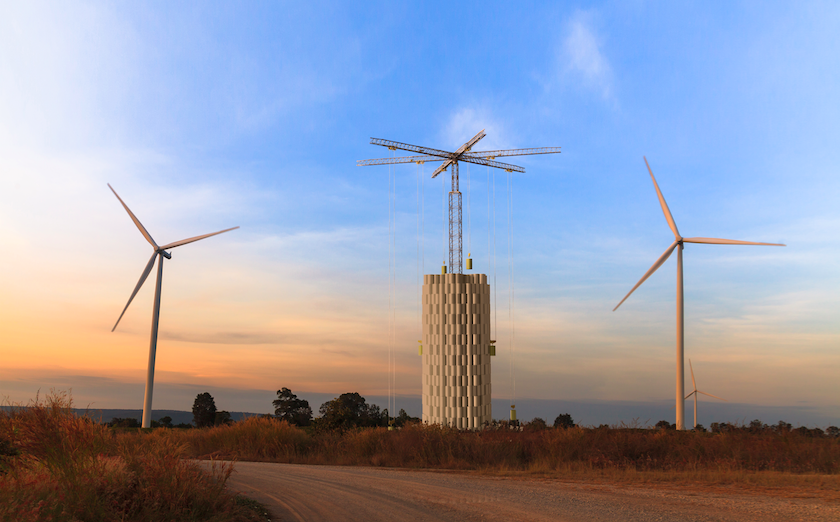
Energy Vault, a Swiss maker of energy storage systems based around gravity, has made its technology commercially available, with India’s Tata Power expected to be the first customer.
The company said it has developed a form of energy storage based on the principles behind pumped hydropower stations, using a type of brick instead of water which is lowered to release its potential and kinetic energy.
Started up through the Idealab tech incubator and accelerator programme and more recently having signed up with Mexico’s Cemex as supplier of the low-cost concrete that the bricks are made of, Energy Vault is now selling the solutions, utilising cranes to raise and lower the weight.
Energy Vault claims the systems can reach an efficiency of around 90%, suffering zero degradation and operating for as long as 30 to 40 years with unlimited cycling. The company said it uses environmentally sustainable raw materials, namely debris materials otherwise heading for landfills.
Try Premium for just $1
- Full premium access for the first month at only $1
- Converts to an annual rate after 30 days unless cancelled
- Cancel anytime during the trial period
Premium Benefits
- Expert industry analysis and interviews
- Digital access to PV Tech Power journal
- Exclusive event discounts
Or get the full Premium subscription right away
Or continue reading this article for free
Energy Vault also claimed the technology can store energy at around half the cost of existing grid-scale storage solutions on a low levelised cost of energy (LCOE) basis, including operations and maintenance (O&M) costs and parts replacement.
Energy Vault is not alone in trying to commercialise a form of gravity-based energy storage using rocks, concrete or similar weighted materials. UK-based rival Gravitricity, itself started up with help from the national InnovateUK agency, is also producing systems along the same lines.
Gravitricity makes similar claims on the effectiveness and efficiency of the technology too, although it gives the designed lifespan of its devices to be 50 years. In April, researchers at Imperial College London published analysis on the company’s technology which found it was well-suited to performing grid-balancing and ancillary services to the grid cost-effectively.
That study was based on analysis of Gravitricity’s use of weights of up to 2,000 tonnes in vertical shafts, which are then winched up and then lowered, releasing energy. Gravitricity also released a study it had commissioned through a post-graduate researcher at the beginning of 2018, which drew similar conclusions.
Tata Power makes first purchase
Energy Vault said late last week that it has made an agreement with Tata Power to deploy a 35MWh system, expected to happen next year. According to Energy Vault, its 35MWh storage systems have a 4MW peak power output, achieving 100% full power from ramping up within 2.9 seconds and response times of milliseconds. This latter metric is what makes it capable of providing critical ancillary services such as spinning reserve and frequency response.
The company claims that future versions of its product could double the nominal capacity and peak power output of its existing models. It could be used for a range of applications, including renewable energy-powered microgrids and create reliable power solutions that run 24/7. Energy Vault claims that in addition to Tata Power, it has “initial agreements with customers on multiple continents”.

